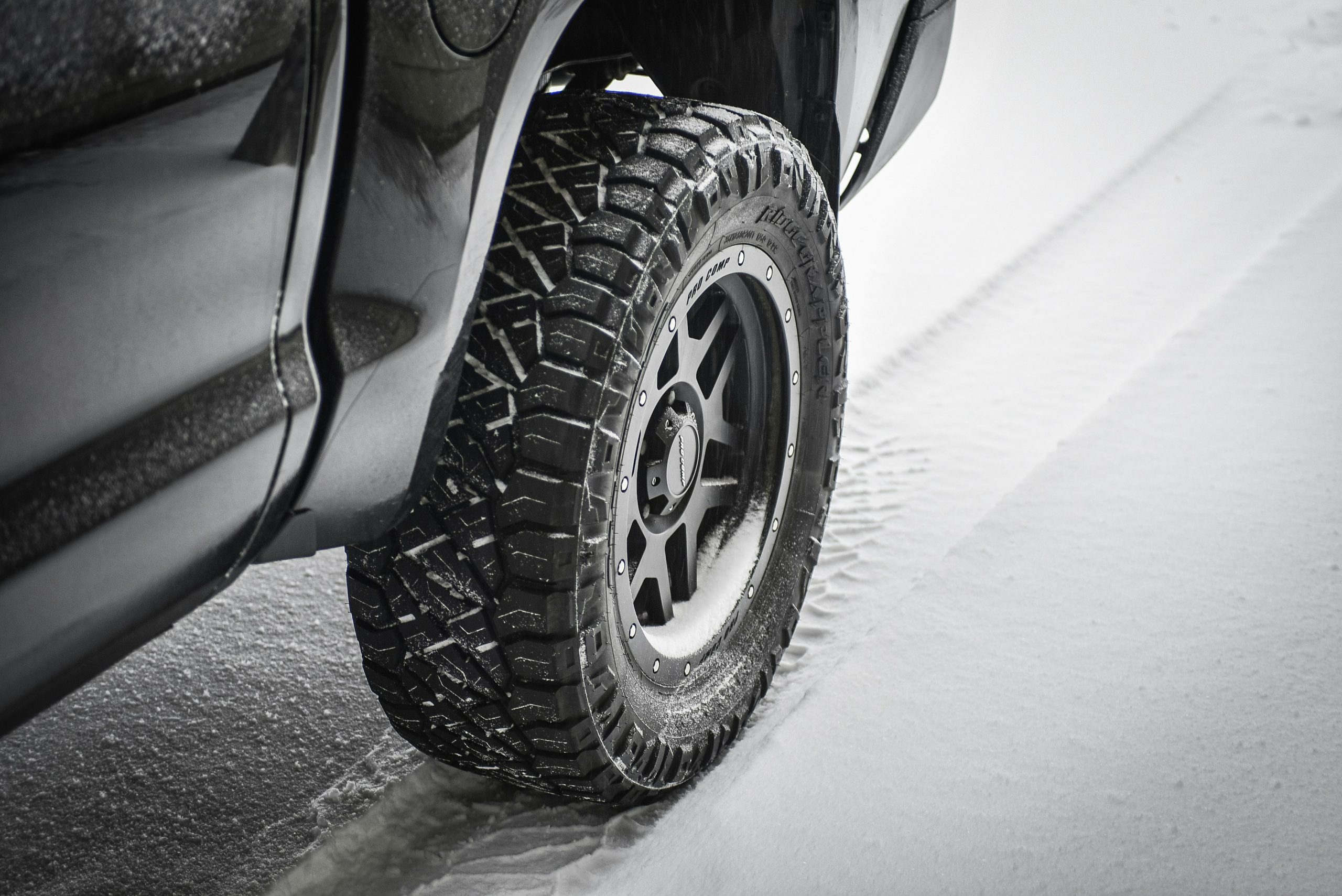When winter rolls around in California’s coastal cities—from Santa Barbara to San Diego—the question on many drivers’ minds is: Do I really need winter tires? The answer isn’t one-size-fits-all, especially in a state where winter means 60°F rainstorms, not snowdrifts. So let’s break down whether winter or all-season tires make more sense for your Southern California driving routine.

🌤 Understanding Coastal California Winters
Coastal Southern California is known for its mild, Mediterranean climate. Winter temperatures often hover between 45°F and 65°F, with occasional rain but rarely ice or snow. Unlike mountainous or inland regions, you’re unlikely to deal with below-freezing temperatures or snowy roads unless you’re driving up to Big Bear or heading into the Sierras.
That means the conversation isn’t about surviving extreme winter—it’s about optimizing safety, performance, and tire longevity for your actual environment.
🛞 What Are Winter Tires?

Winter tires—sometimes called snow tires—are engineered with:
- Softer rubber compounds that stay flexible in cold temperatures
- Deeper tread depths for better grip in snow and slush
- Unique tread patterns designed to expel snow and slush
They excel when temperatures dip below 45°F, especially on icy, wet, or snow-covered roads. However, in dry and mild coastal climates, their benefits may not justify the trade-offs.
🛞 What Are All‑Season Tires?

All-season tires are a blend of summer and winter technologies. They’re designed for:
- Year-round usability
- Mild winter conditions (light snow, rain, cooler temps)
- Balanced handling and decent tread life
They don’t perform as well as winter tires in ice or snow, but in SoCal’s winter? That trade-off works in your favor.
⚖️ Performance Comparison
| Feature | Winter Tires | All‑Season Tires |
|---|---|---|
| Temperature Range | Best under 45°F | Best 45°F and up |
| Snow/Ice Traction | Excellent | Moderate to poor |
| Wet Weather Grip | Very good | Good |
| Dry Road Performance | Poor in warm temps | Balanced |
| Tread Life | Shorter (wears faster in heat) | Longer |
| Cost | More expensive (often seasonal) | More budget-friendly |
✅ Which Tire is Better for Coastal Winters?
In favor of all-season tires:
- No snow, no problem: Southern California coastal cities rarely experience temperatures low enough to activate the full benefits of winter tires.
- All-season tires offer plenty of grip in the occasional rainstorm and remain durable on warm pavement.
- They are more affordable, require no seasonal swap, and last longer.
When winter tires make sense:
- You regularly travel into mountains or snowy regions during winter (e.g., skiing trips).
- Your local area occasionally sees overnight frost or black ice (less likely in coastal zones).
- You want maximum wet traction during rainy months—though some all-season or all-weather tires rival winter tires in rain.
🔁 Hybrid Option: All‑Weather Tires
If you want a middle ground, consider all-weather tires (not to be confused with all-season). They’re rated for snow (with the three-peak mountain snowflake symbol) but built to last in warmer temperatures—ideal if you make occasional mountain drives but live near the coast.
Some solid picks:
- Michelin CrossClimate2
- Goodyear Assurance WeatherReady
- Vredestein Quatrac Pro
🏁 Final Recommendation

If you’re a coastal SoCal driver who stays on paved roads, all-season tires are the smart, practical choice. They’re safe in rain, hold up well in fluctuating temps, and won’t wear down as quickly as winter tires in warmer weather.
Only opt for winter tires if your winters include frequent high-altitude road trips, or you live in a cold microclimate with frost risk.
And if you’re still unsure which all-season tire to pick, check out our guide on Best Tires for Southern California Weather in 2025—this post is a perfect internal follow-up.
🔧 FAQs
1. Can winter tires be used year-round in SoCal?
Technically, yes—but not recommended. Warm pavement will wear them down quickly, reducing performance and lifespan.
2. Are all-season tires dangerous in snow?
In heavy snow, yes. But in SoCal’s mild winters, they are usually more than sufficient—especially when paired with good driving habits and routine maintenance.
3. What’s the best tire for rain and dry roads?
Look for high-rated all-season or all-weather tires with strong wet braking and hydroplaning resistance.

Let’s Talk Cars
Have a question? A suggestion? Just want to say hi?
You’re in the right place.
Use the form below to reach out to the AutoSpecs Daily team. We're happy to hear from readers, car lovers, first-time buyers, and anyone who's got something to share.
What can you contact us about?
- Feedback on one of our articles
- Ideas for new topics you'd like us to cover
- Questions about cars, gear, or general auto advice
- Media, partnership, or brand inquiries
- Anything else that's on your mind
We check every message that comes through and do our best to respond within 2 to 3 business days.
We don’t list an email address here to avoid spam, but the contact form is the best and fastest way to reach us.
Thanks for stopping by. We're glad you're here.

